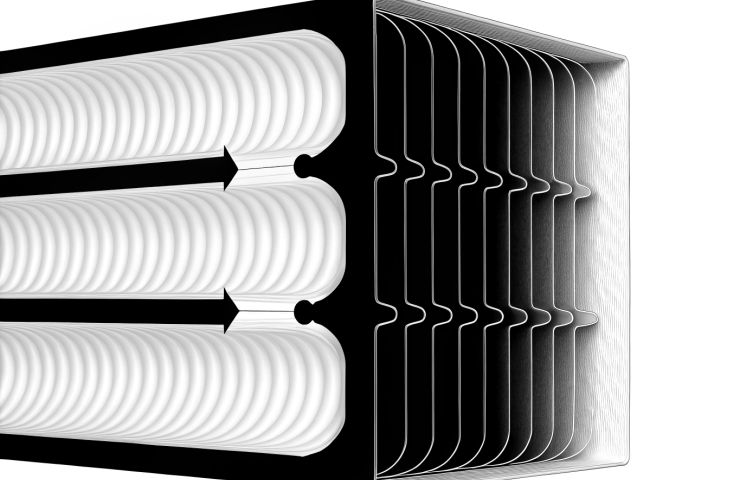Revolutionizing Fuel Cell Efficiency: 2D Topology-Curvature Optimization Breakthrough
Key Ideas
- 2D Topology-Curvature Optimization technique boosts peak current density by 4.72% and power density by 3.12% in PEMFCs.
- Efficiency evaluation criterion maintains practicality while enhancing performance, reducing costly pressure losses.
- Scaling up this method could lead to cost reduction and wider adoption of hydrogen fuel cells in various industries.
- Innovative designs facilitated by techniques like additive manufacturing could enable mass production for complex fuel cell configurations.
Youliang Cheng and his team have introduced a groundbreaking approach, 2D Topology-Curvature Optimization, to enhance the performance of proton exchange membrane fuel cells (PEMFCs). By optimizing the shape and curves of flow channels within the cells, they achieved notable increases in peak current density and power density. The research, unveiled in July 2025, prioritized real-world impact through an efficiency evaluation criterion to ensure a balanced focus on practical improvements. This method not only boosts efficiency but also mitigates expensive pressure losses often encountered in PEMFC optimization processes.
The implications of this innovation extend beyond incremental performance gains, offering potential cost reductions and increased attractiveness of hydrogen fuel cells for diverse applications, including transportation and power generation. However, the adoption of more intricate designs poses manufacturing challenges, which could be addressed by advanced techniques like additive manufacturing. This development signifies a significant advancement in sustainable energy and fuel cell technology, heralding a promising future for the industry's evolution.
